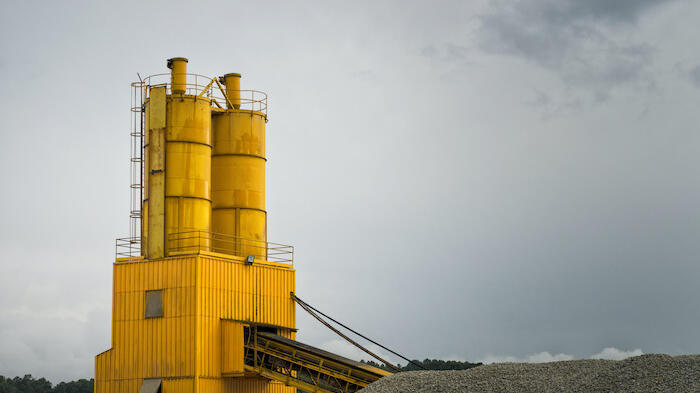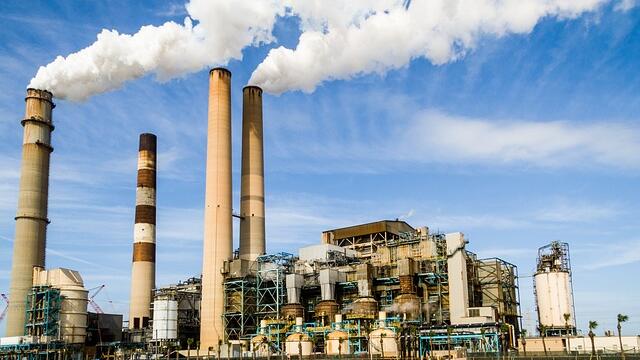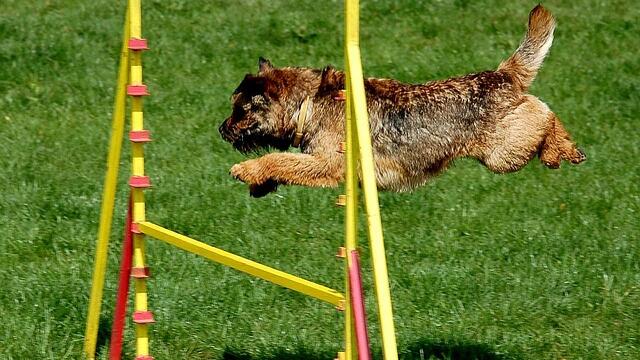 Renewable Energy
Renewable EnergyRenewable Energy
Electricity is versatile in terms of its potential uses, but some industrial processes will be difficult to decarbonise. Cement, steel and plastics manufacturing, in particular, pose major challenges. Emissions from cement manufacture could be reduced by as much as 40% by electrifying the heat processes currently fuelled using fossil fuels. Electrified of industrial processes also supports the development and application of advanced energy management. Electricity still has a potentially useful role to play in the decarbonisation of hard-to-treat industrial sectors, says John Bellona. Bellona, An Industry Guide to Climate Action, 2018 2018, 15, https://network.bellona.org/content/uploads/sites/sites.com/ 2018///11/2018/ /11/23/ 2017/ Williamson/ Williamson- Williamson- 2018/ Williamson. Williamson-Baronona. Williamson, Williamson-D Williamson-son- Williamson. and Williamson-T Williamson.
Read Full articleChemical Industry could go totally carbon neutral
Switzerlands Federal Council has decided that the country should become carbon-neutral by 2050. This may be challenging as far as car traffic and the entire power sector are concerned. A switch of this kind will be more difficult for the chemical industry.
Read Full articleUtility Asset Management—Digital Twin or Digital Octuplets
Some people call the geographic information system (GIS) a digital twin of the grid. GIS captures grid assets and their locations. It includes their attributes and some behavior. The problem for many utilities is that GIS has many brothers and sisters that.
Read Full articleData centers aren't the energy hogs we thought
Researchers developed the most detailed model to date of global data center energy use. The model provides a more nuanced view of data Center energy use and its drivers. More efforts are needed to better monitor energy use moving forward, lead author says.
Read Full articleAsset managing your data on the way to electrification
Data has transformed how utilities operate, by expanding the volume and resolution of energy use data. The acceleration of electrification and decarbonization will make managing data as a strategic asset increasingly necessary. Data driven decision making creates operational efficiencies and drives cost reductions.
Read Full articlePlans are nothing, planning is everything
John F. Kennedy provided the leadership to get to the moon by setting the clear target. NASA drove the plan to overcome the many constraints that existed back in 1961. To achieve net zero definitely needs vision and leadership, but it also needs a realistic plan.
Read Full articleIndustry’s role in addressing climate change
Only 19% of the largest, listed industrial companies are aligned with a pathway to keep global warming to 2 degrees C or below 29% are set to align their emissions with Paris Pledges by 2030. The proportion of companies disclosing their emissions has increased from.
Read Full articleH2020-funded project RETROFEED kicks off in Brussels
RETROFEED is a project funded under the European Commissions program Horizon 2020. The project aims at an increase of 22% in resource efficiency and 19% in energy efficiency. Project partners boast years of experience in European projects and the development of innovative.
Read Full articleThe time is right: Industrial Policy and the European Green Deal
There is increasing support to develop the battery industry because of the growth in electric vehicles. The potential value of the entire battery value chain in Europe could be €250bn in 2025. There is an increasing awareness that industry must take more ambitious steps to dec.
Read Full articleICP partners made it!
ICP Europe is tackling two of the main drivers for energy efficiency markets. Investor Ready Energy EfficiencyTM (IREE) certification scheme in local countries. ICP has trained more than 450 Project Developers and Quality Assurance Assessors across Europe on its.
Read Full article








